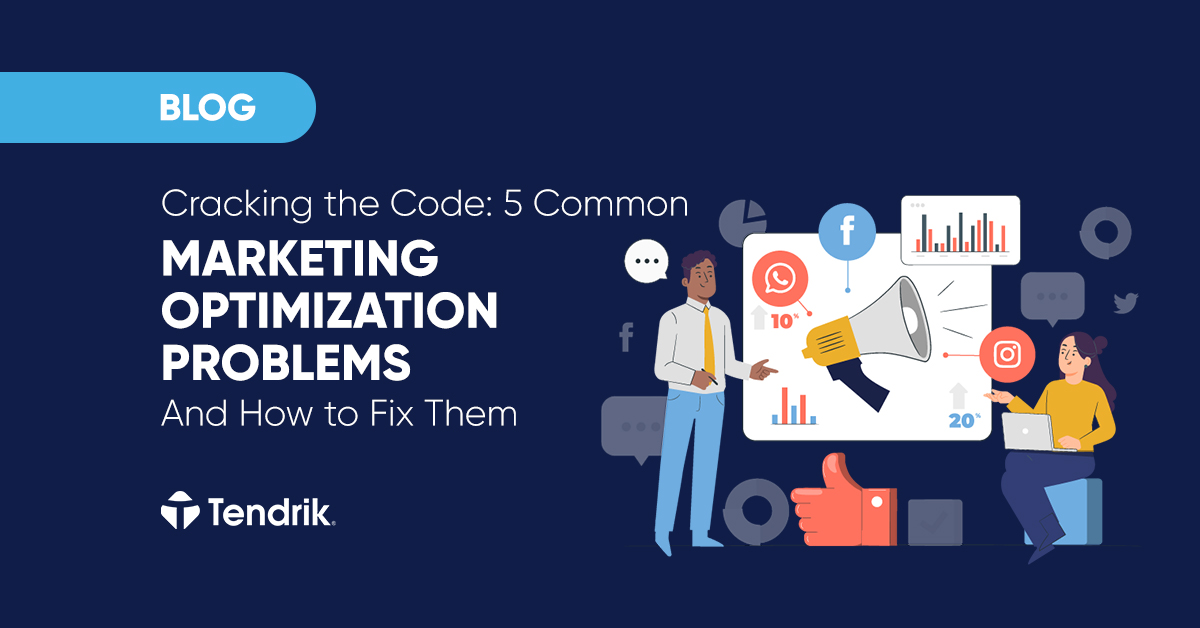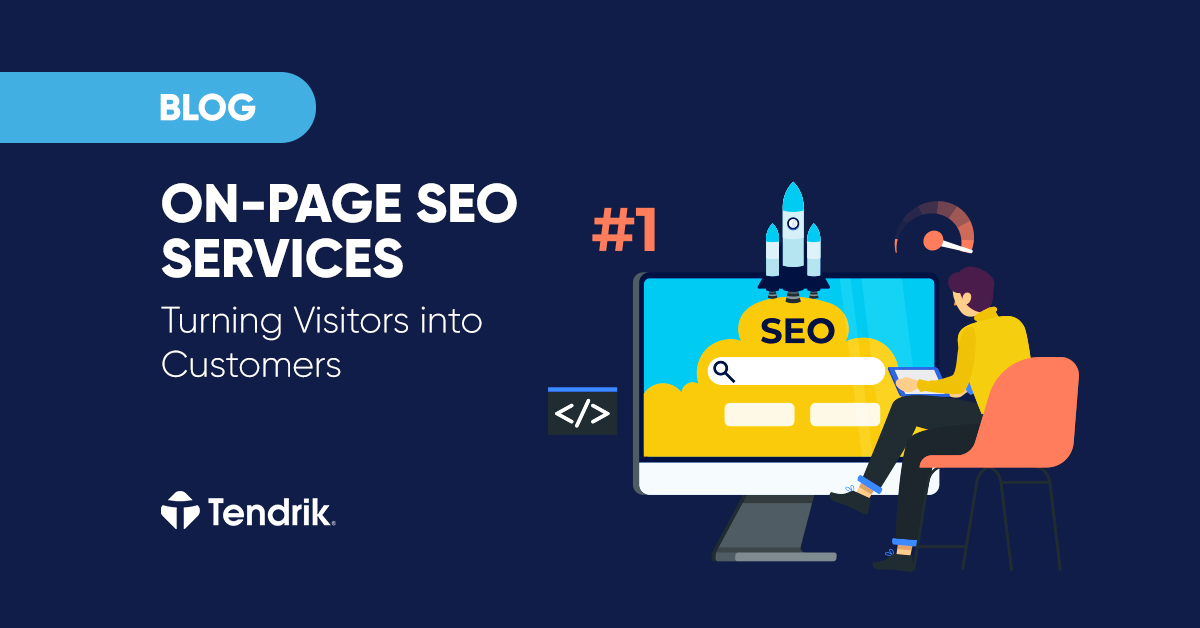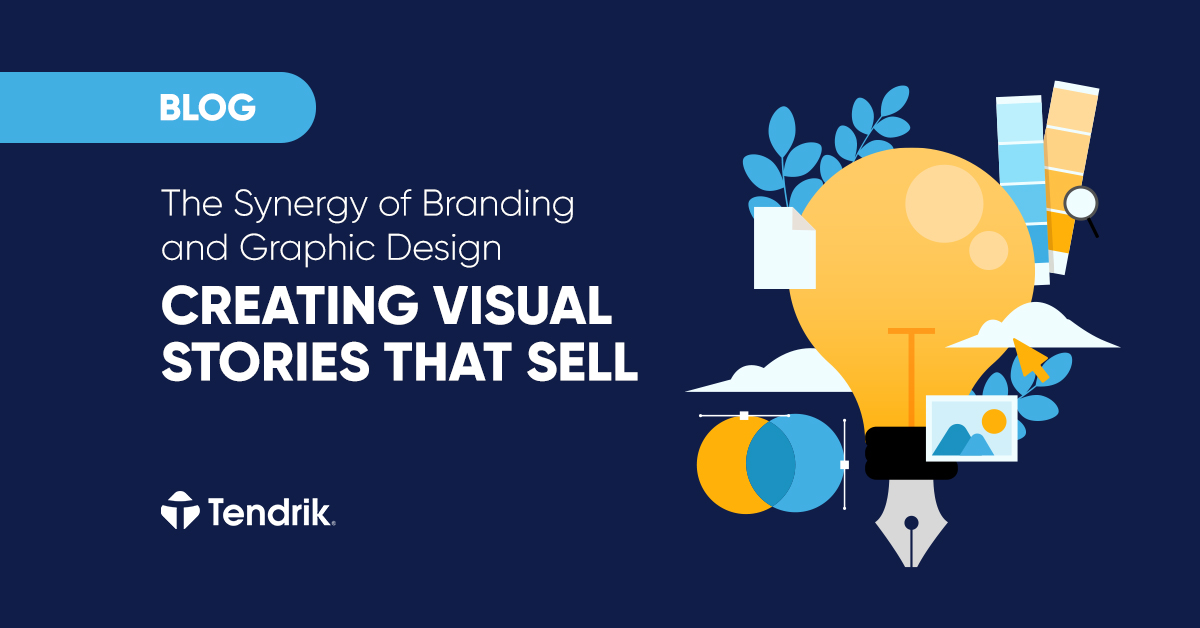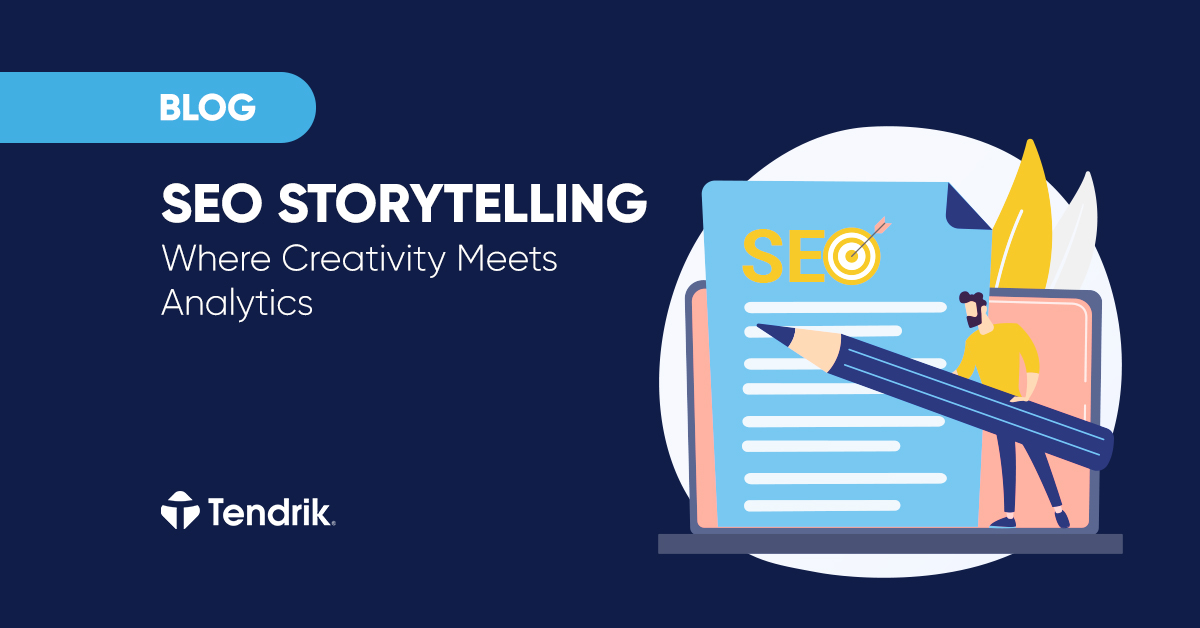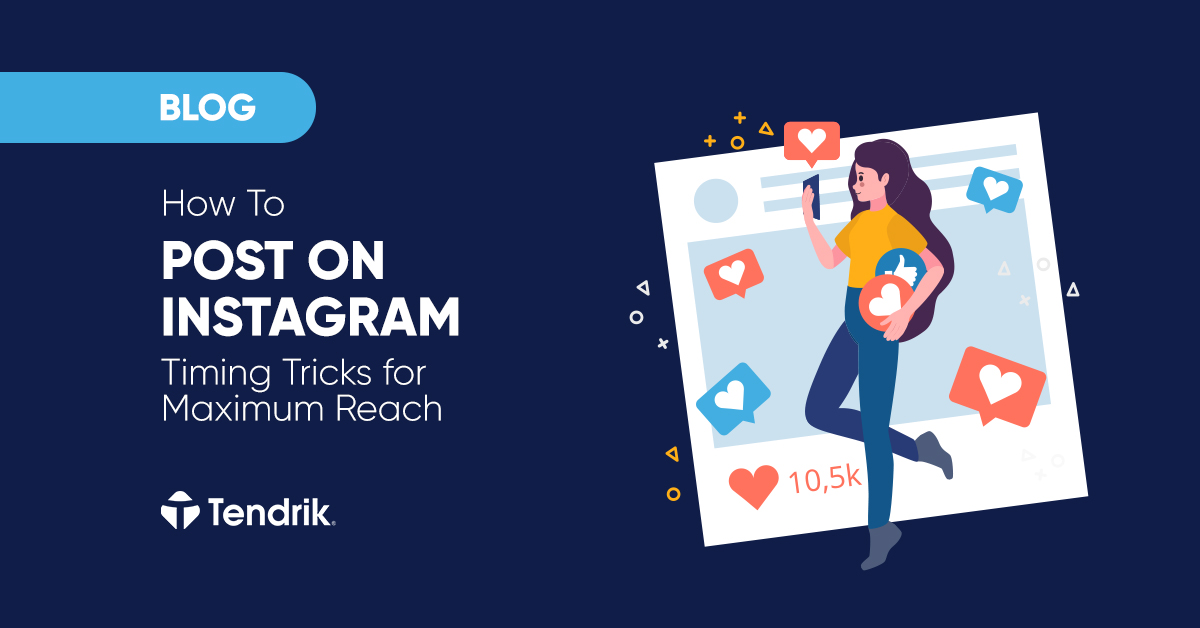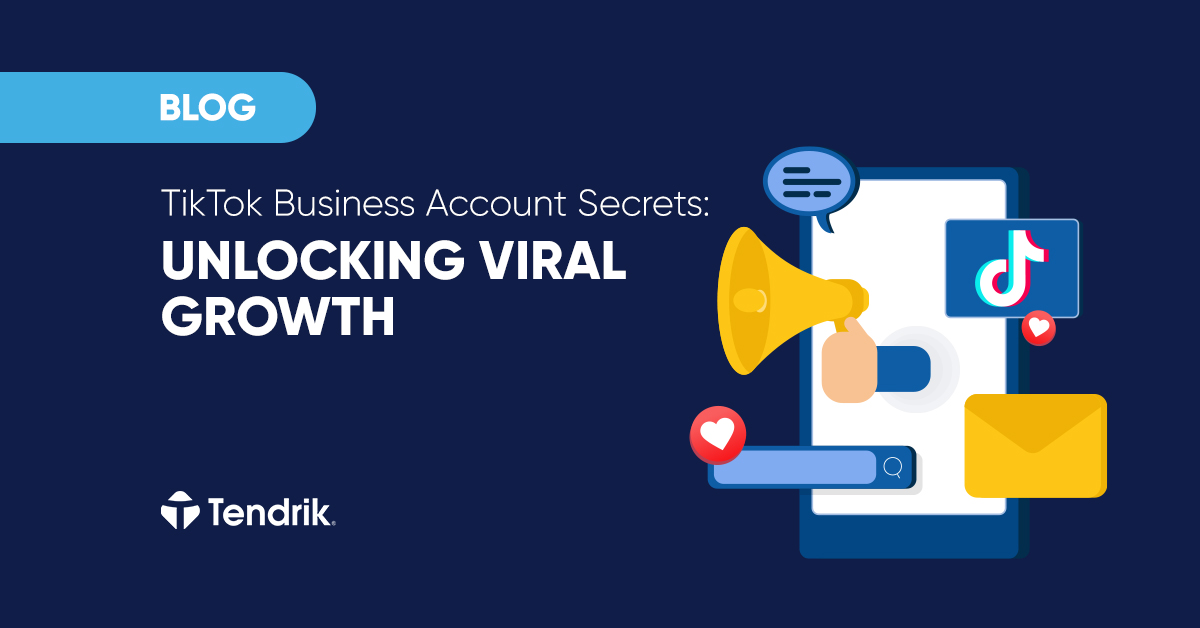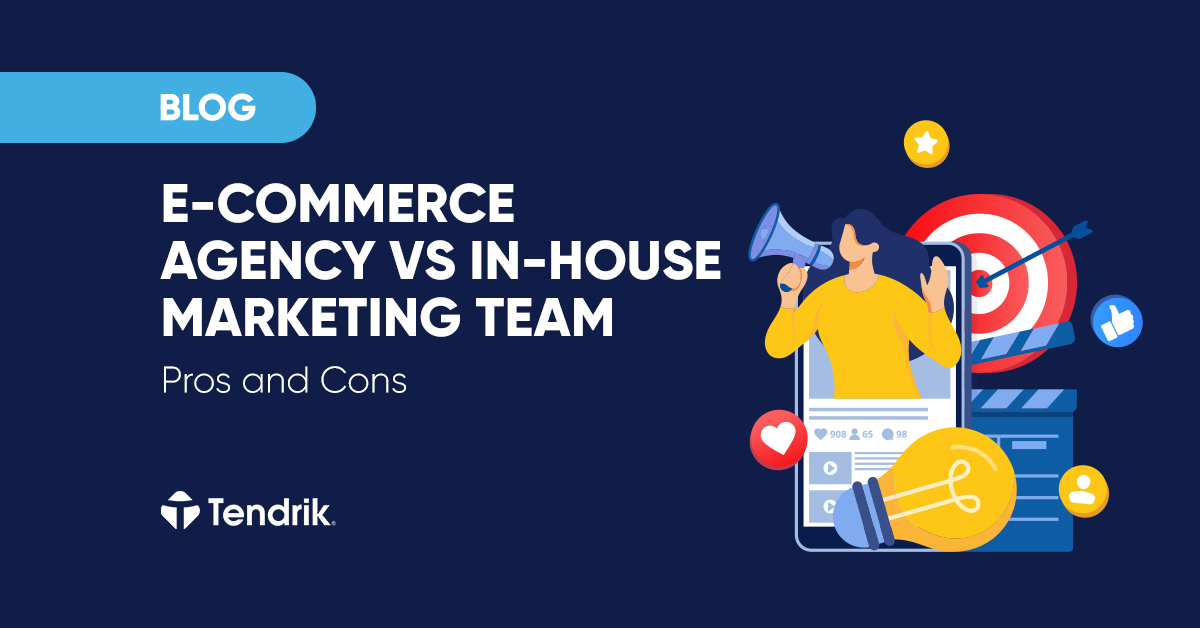Marketing campaigns can be full of moving parts – each contributing to the ultimate goal: converting leads into paying customers. Yet, even with a well-funded strategy and a solid plan, marketers often find themselves scratching their heads, wondering “Why isn’t this working?”
The truth is, digital marketing optimization is as much an art as it is a science. It requires a mix of data, experimentation, and experience. This guide will unpack five of the most common marketing optimization problems and offer practical, actionable fixes.
Whether you’re a startup founder, marketing manager, or digital strategist, we will help you optimize your marketing to improve conversions, increase ROI, and drive better results from every pound spent.
What Is Marketing Optimization and Why Is It Crucial Today?
Marketing optimization is the process of refining marketing activities to improve performance. It involves using data to identify what’s working, what isn’t, and how to tweak tactics, channels, and messaging to increase effectiveness. From campaign optimization to landing page performance, optimization is crucial because it directly impacts ROI.
Nowadays, when attention spans are shrinking and competition is fierce, the effectiveness of your marketing spend can make or break your brand’s growth trajectory. With the rise of personalization, machine learning, and analytics tools like Google Analytics 4, marketing optimization has become more dynamic and more essential than ever.
A strong optimization helps businesses align with customer journeys, personalize communication, and allocate budgets where they’ll generate the best marketing results. Optimization is no longer a one-off exercise – it’s a continuous, evolving discipline.
Problem #1 – Poor Conversion Tracking Is Sabotaging Your Results

You can’t fix what you can’t measure. One of the most common and damaging marketing problems is poor conversion tracking. Many marketers rely on surface-level data like page views or email opens without tying them back to actual outcomes, such as sales, signups, or lead generation.
The absence of proper tracking leads to blind spots. You might be pouring budget into a campaign that looks good on paper but is quietly bleeding conversions.
Fixing this starts with setting up clear conversion goals in your analytics tools. Google Analytics 4 (GA4), for instance, lets you define custom events like button clicks, form submissions, and purchases. Combine this with UTM parameters to trace which channels or campaigns drive the most valuable actions.
Remember: conversion rate isn’t just a KPI – it’s a compass. Accurate tracking informs better decisions, helps optimize campaigns in real time, and ultimately ensures that your marketing dollar is delivering measurable returns.
Problem #2 – You’re Targeting the Wrong Segments
Even the most beautifully designed campaign will fail if it’s directed at the wrong audience. Many marketing teams fall into the trap of broad targeting or rely on outdated customer personas. This lack of segmentation wastes resources and results in low engagement.
Segmentation and personalization are at the heart of marketing optimization. Modern platforms provide access to rich customer data, from browsing behavior to purchase history. Using that data to create granular audience segments allows you to deliver more relevant messages, which in turn boosts conversion rates.
For example, an e-commerce brand could segment users based on previous purchases, then run personalized remarketing ads using dynamic creatives. Similarly, a SaaS company might tailor onboarding emails based on user role or use case.
A well-segmented strategy ensures you’re not just reaching more people, but reaching the right people, at the right time, with the right message. It’s a foundational step in building more effective marketing optimization strategies.
Problem #3 – Your Landing Pages Don’t Convert
Driving traffic is only half the battle. Once users land on your site, what happens next determines the success or failure of your campaign. Low-converting landing pages are one of the most overlooked optimization problems.
Common culprits include slow load times, vague CTAs, cluttered design, and mismatched messaging. If someone clicks an ad offering a free consultation and lands on a page with a pricing table, they’re likely to bounce.
Start by evaluating your landing pages with heatmaps and scroll tracking tools. These show where users drop off or stop engaging. Then, test different versions using A/B testing. Tools like Google Optimize and VWO let you experiment with headlines, button colors, form length, and layouts.
Equally important is mobile responsiveness. In the UK, over 60% of users access websites from mobile devices. If your page isn’t optimized for mobile, you’re leaving conversions on the table.
Every landing page should guide the visitor to take one clear action. If your goal is lead generation, the form should be front and center. If it downloads, make it frictionless. Every second of delay or distraction reduces your conversion rate.
Problem #4 – You Lack a Holistic Optimization Strategy
Marketing optimization is often treated as a reactive task – fix something when it’s broken. But real growth comes from having a proactive, end-to-end strategy that ties together all parts of the funnel.
A marketing strategy should align with your overall marketing objectives. Start with clear KPIs, then map out how each channel contributes to them. From content marketing to paid media and email automation, every piece should support the larger goal.
Marketing automation platforms like HubSpot or ActiveCampaign can help centralize campaign performance, while dashboards in tools like Looker or Data Studio allow for real-time monitoring. This creates a feedback loop where data flows freely and decisions are made faster.
Without this strategy, your team might waste time optimizing individual assets (like ads or blogs) without seeing how they connect. You could also miss opportunities for synergy – for example, aligning your SEO content with PPC keywords to dominate search results.
Optimization marketing efforts are most effective when guided by structure and clarity. Think of it as marketing management, not just marketing activity. A well-managed optimization process unlocks consistent, scalable growth.
Problem #5 – You’re Not Leveraging Advanced Techniques
Basic tactics will only get you so far. If you want to outperform your competitors, especially in saturated markets, you need to explore advanced optimization tools and methodologies.
Machine learning, for example, can now predict customer behavior with startling accuracy. Platforms like Adobe Sensei and Google Ads’ Smart Bidding use AI to adjust bids based on conversion likelihood.
Even more advanced is the application of genetic algorithms – evolution-based systems that test multiple campaign combinations and “breed” the highest-performing variations. Using an optimization technique, such as genetic algorithms, can help you in areas like email subject line testing and media budget allocation.
The threshold model for marketing research is another fascinating area. This model helps identify the minimum stimulus required to move a prospect to action. It’s particularly useful in testing ad frequency and message strength.
How to Choose the Right Optimization Tool for Your Marketing Campaign?
With so many options on the market, choosing an optimization tool can feel overwhelming. The best marketing tools are the ones that match your scale, budget, and technical ability.
If you’re a solo marketer, start with lightweight, freemium tools like Google Optimize (A/B testing), Hotjar (user behavior), and MailerLite (email automation). These offer solid features without the complexity.
Larger teams may benefit from enterprise solutions like Optimizely, Adobe Target, or HubSpot Marketing Hub. These platforms integrate deeply with CRM and ad networks, allowing for personalization at scale and granular audience segmentation.
Regardless of the platform, the goal is the same: use customer data to improve performance. The more you use the data, not just collect it, the better your campaigns will get.
Remember, the best marketing isn’t necessarily the most creative – it’s the most data-driven, tested, and refined. That’s where optimization tools shine.
Best Marketing Optimization Tips from Experts

Success in marketing campaign optimization doesn’t happen by accident. It comes from consistent effort, smart testing, and a willingness to adapt. Here are key takeaways from industry pros:
- Start small, scale smart. Don’t try to optimize everything at once. Tackle one metric or campaign and apply those insights elsewhere.
- Use the “bang for your buck” metric. Prioritize changes that deliver high ROI for low effort.
- Focus on customer experience. Every optimization should bring you closer to what your users truly want.
- Get better and better. Optimization is a continuous loop of testing, learning, and improving your marketing campaigns.
When done right, optimization helps marketers not just react, but anticipate. And that’s where true performance lives.
Make Optimization a Continuous Process
To stay competitive, businesses must embrace marketing optimization not as a one-time fix but as a continuous mindset. The effectiveness of your marketing depends on how well you can adapt to changing data, customer preferences, and market conditions.
By fixing the five issues outlined here – from conversion tracking to landing pages to segmentation and beyond – you’ll put yourself in a stronger position to compete, convert, and grow.
The marketing optimization process is a journey. And with the right data, tools, and strategy, you’ll only get better and better.

